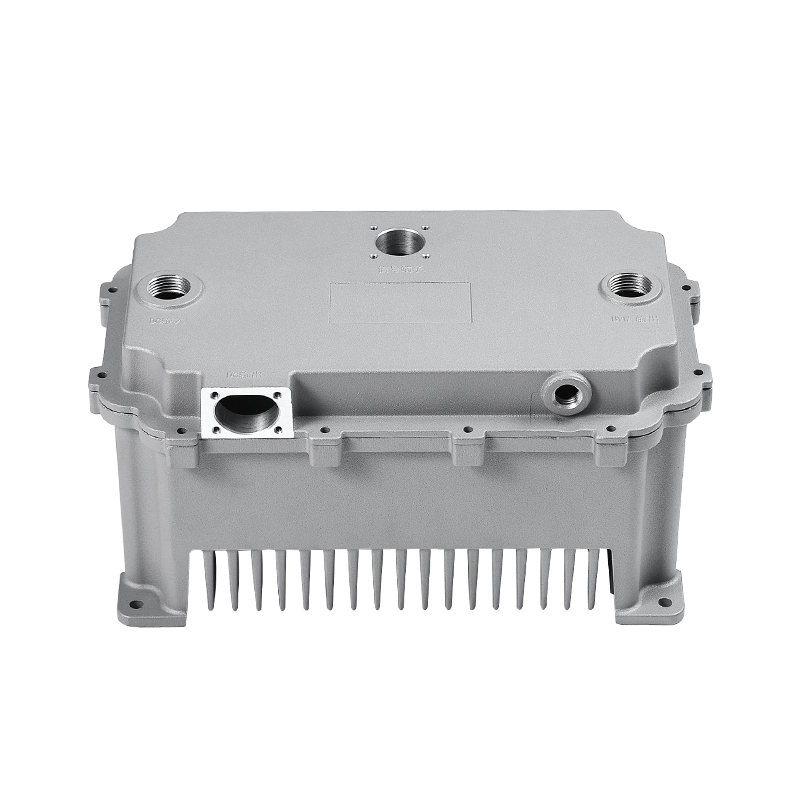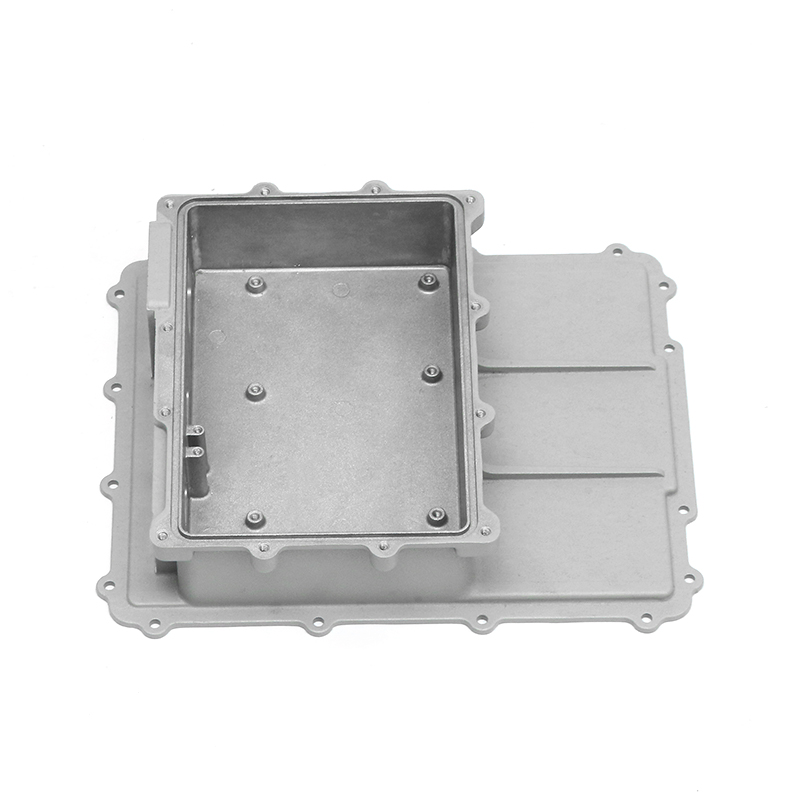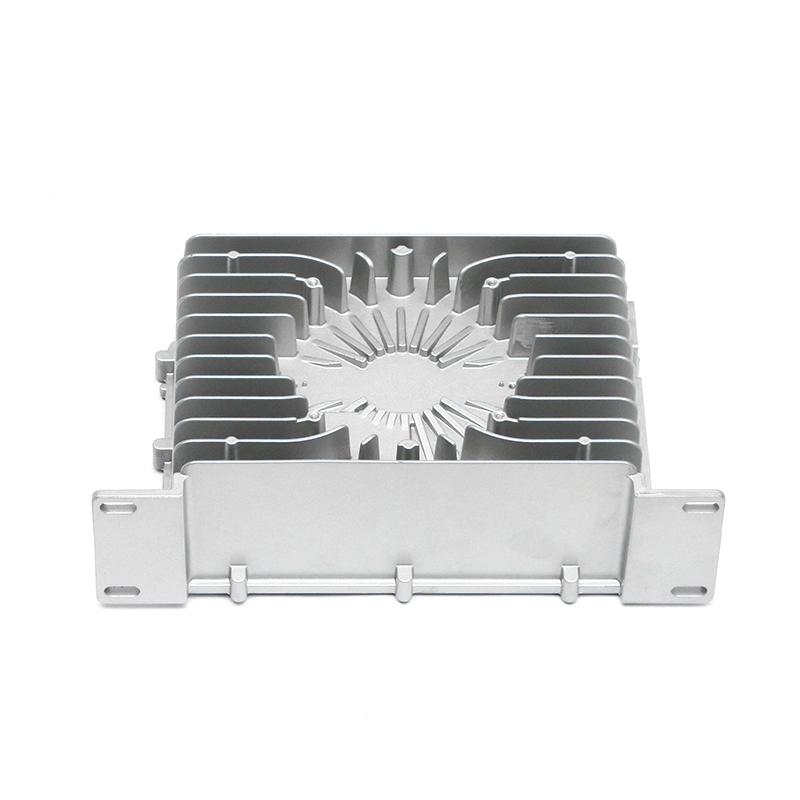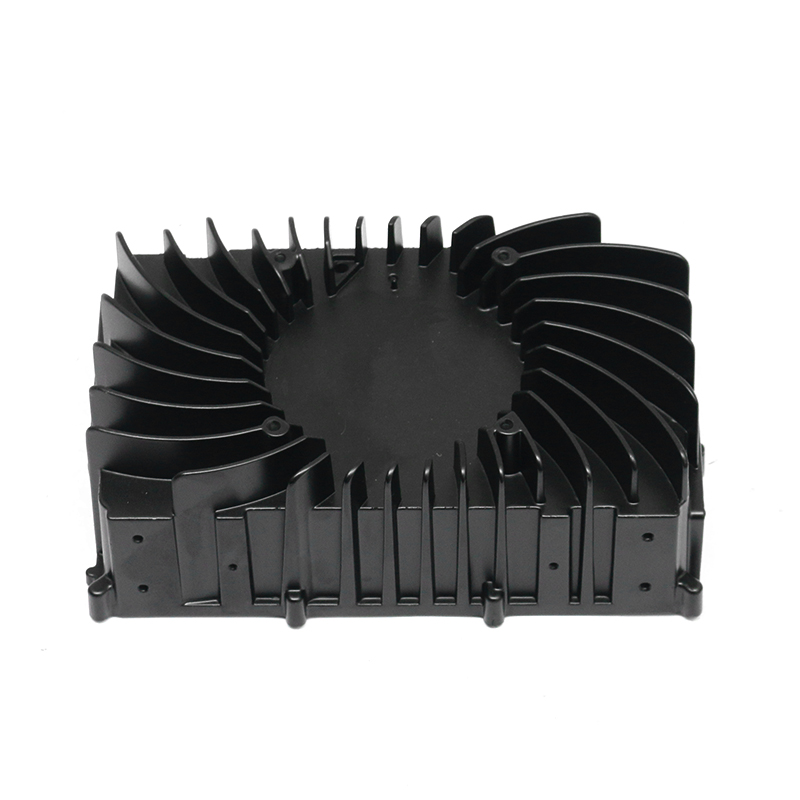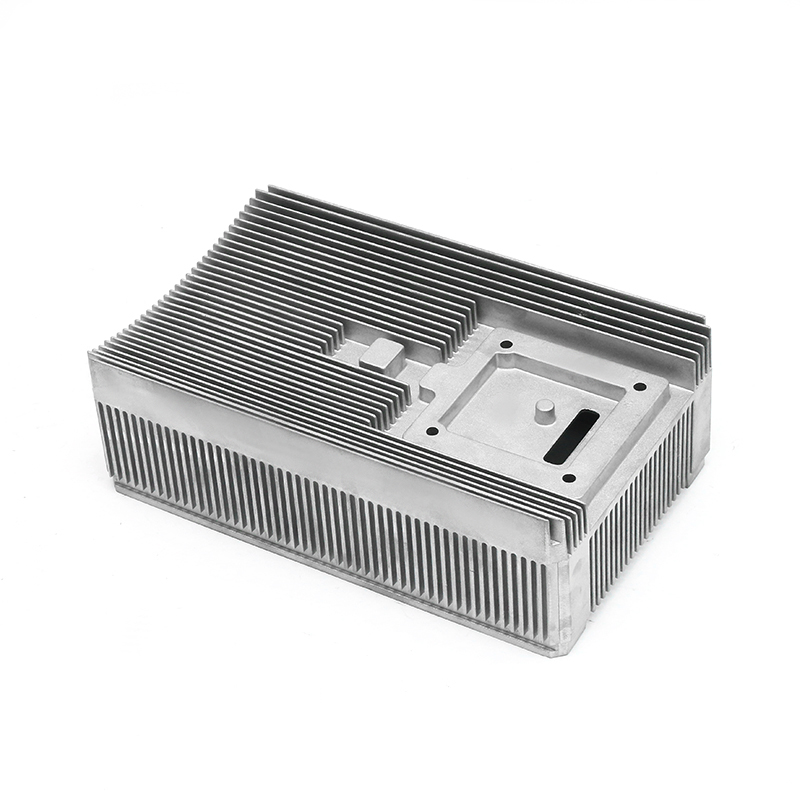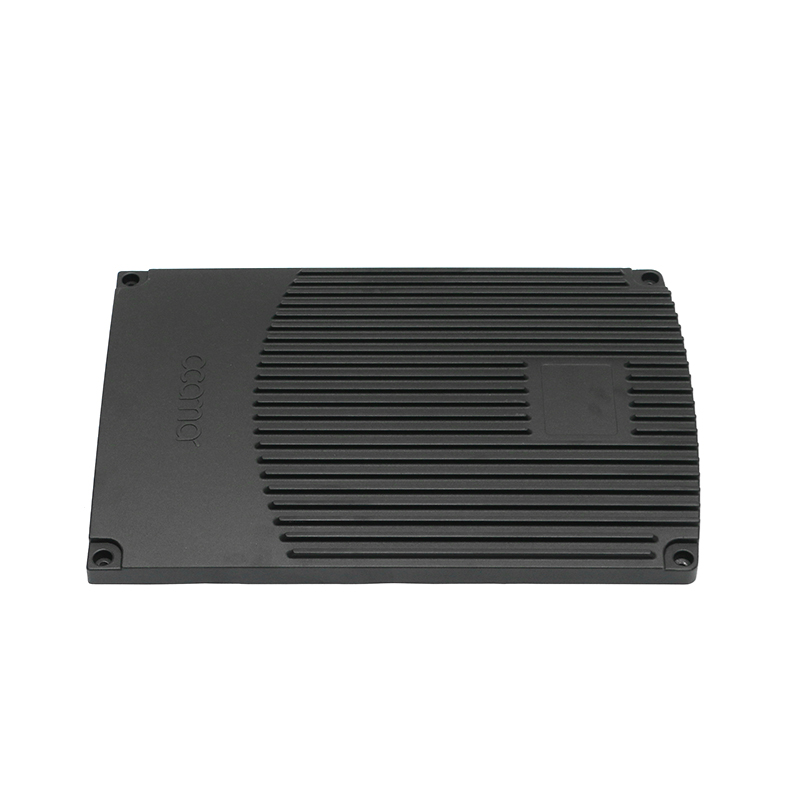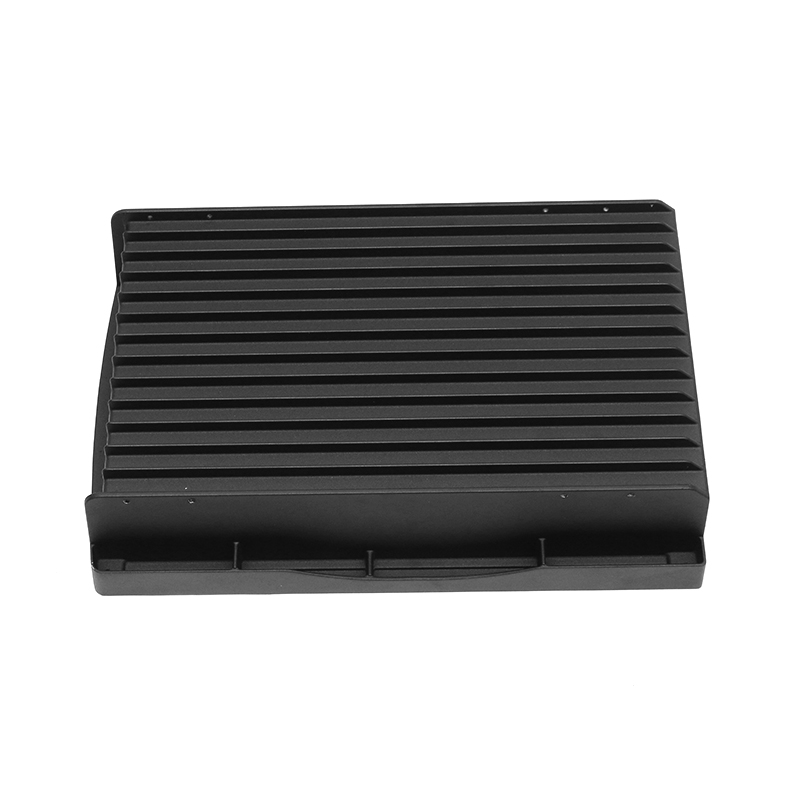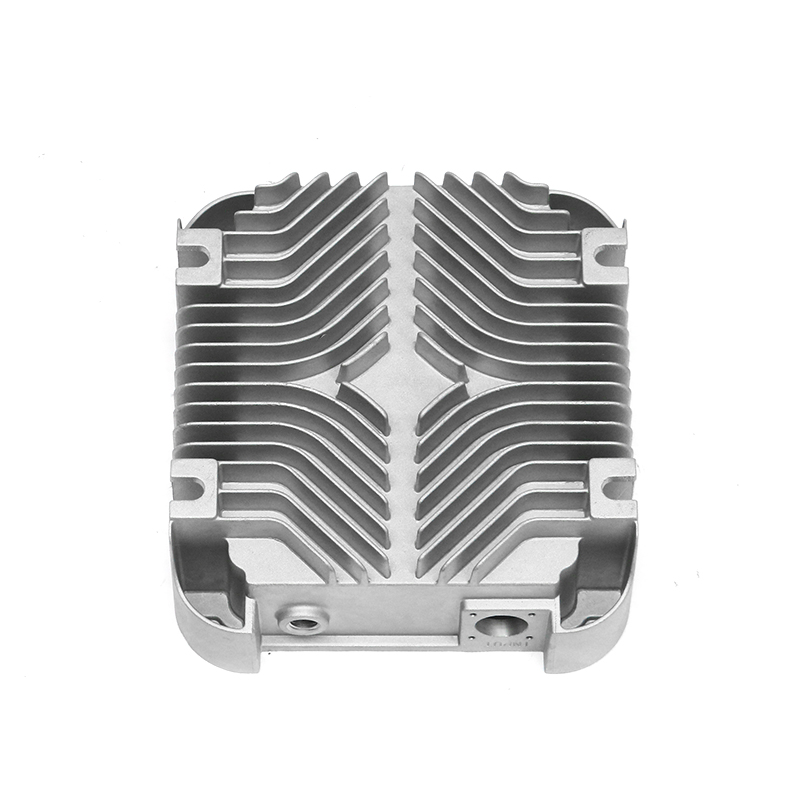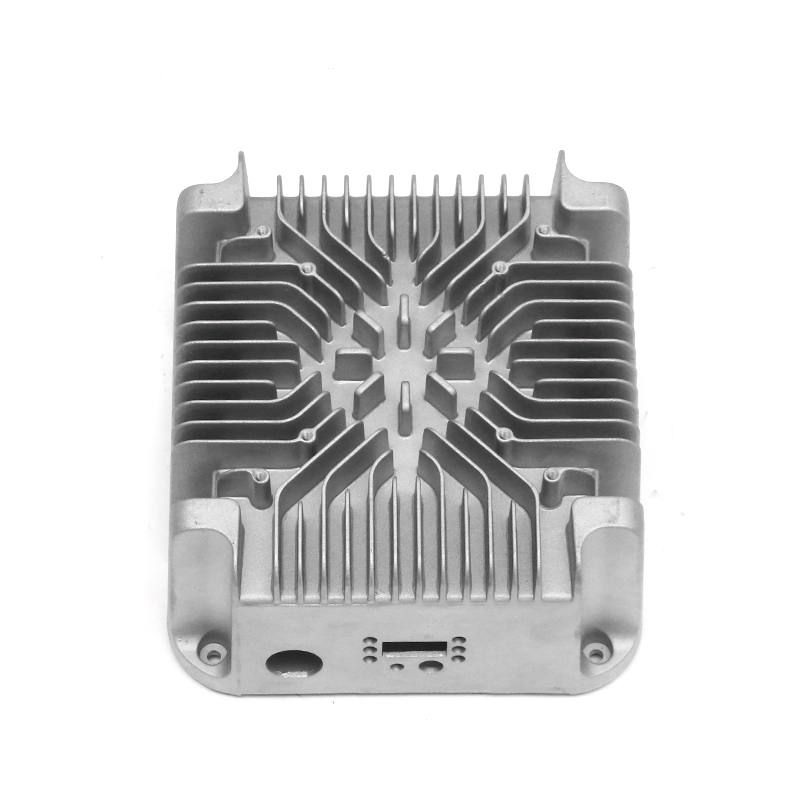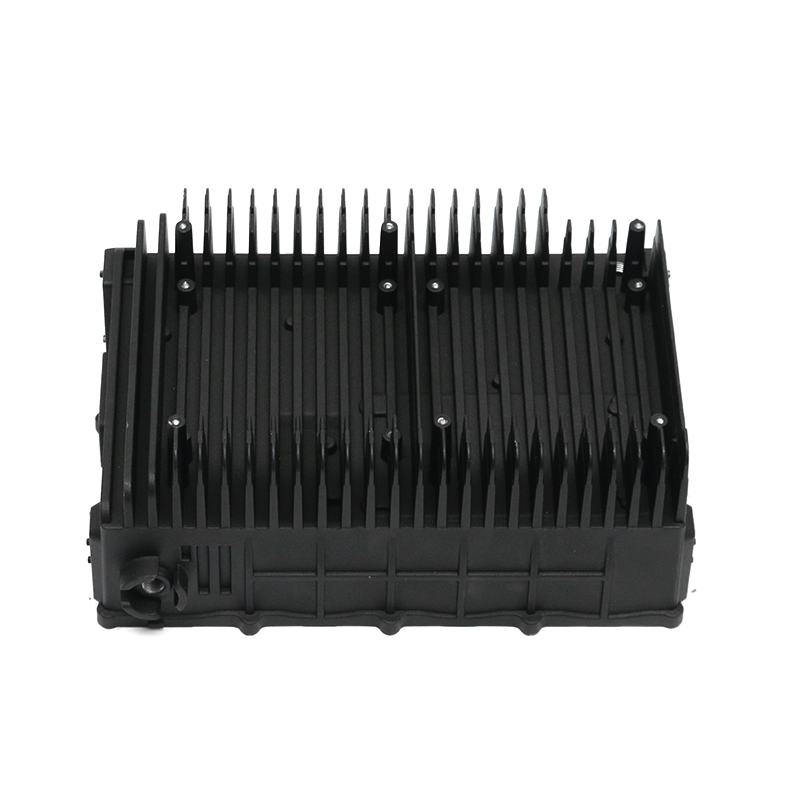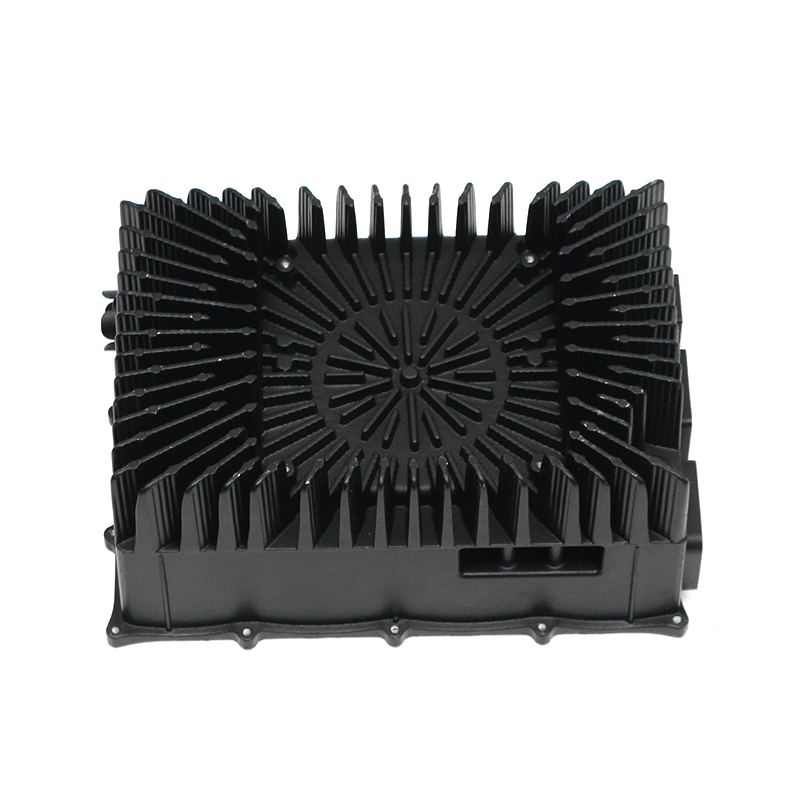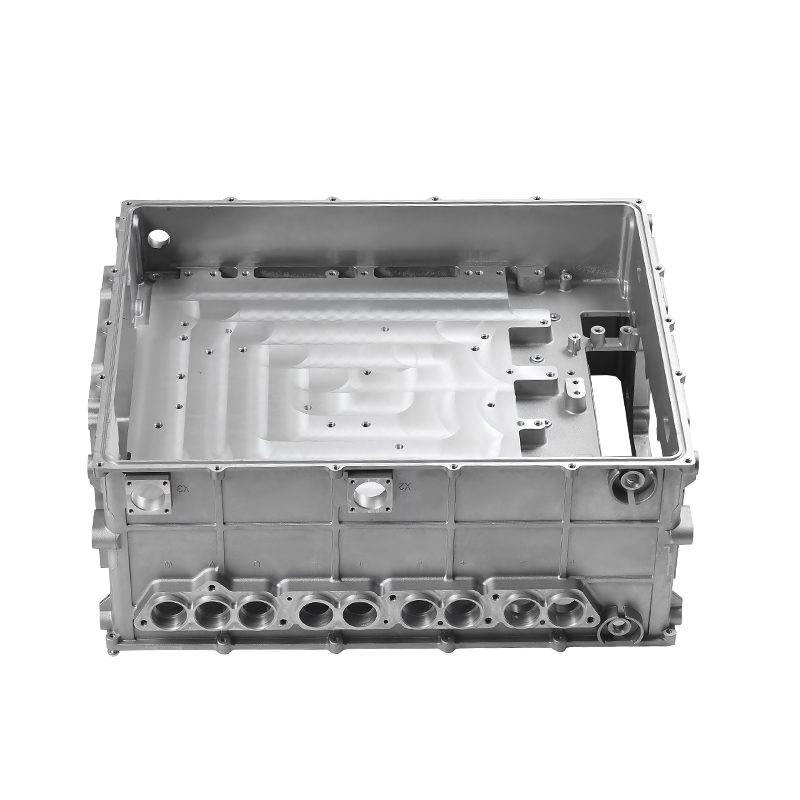Introduction to New Energy Electronic Control and Cooling Needs
In new energy systems, electronic control plays a central role in ensuring efficient operation, energy conversion, and safety. These systems often operate under high current and high-frequency switching conditions, which generate considerable amounts of heat. To ensure long-term stability, water-cooled die castings are widely used as structural and thermal management components. They integrate coolant channels directly into the die-cast housing, offering both mechanical protection and effective heat dissipation. Understanding which electronic control components benefit most from such technology helps highlight their practical value in new energy applications.
Power Inverters and Water-Cooled Die Castings
One of the most common electronic control components where water-cooled die castings are applied is the power inverter. Inverters convert direct current from batteries into alternating current for electric motors. This process requires high-speed switching devices such as IGBTs or MOSFETs, which can produce localized heat spots. Water-cooled die castings stabilize the inverter’s temperature by channeling coolant close to the semiconductor modules. The integration of cooling and housing reduces overall size and supports system compactness.
| Application Area | Cooling Role of Die Casting | Importance in System |
|---|---|---|
| Inverters | Maintains stable semiconductor temperature | Ensures efficiency of current conversion |
| DC-DC converters | Protects against overheating of switching circuits | Improves energy transfer consistency |
| Motor controllers | Removes heat from high-power modules | Extends operational lifespan |
DC-DC Converters in Energy Management
DC-DC converters are another critical component where water-cooled die castings are applied. They manage voltage conversion between different subsystems, such as from high-voltage traction batteries to low-voltage auxiliary circuits. Because of the continuous operation and variable load, converters generate steady thermal output. Water-cooled die castings ensure that thermal stress is minimized, protecting sensitive circuits from damage. Their compact integration into converter housings also makes them suitable for vehicles where space efficiency is essential.
Motor Controllers and Drive Units
Motor controllers in electric vehicles or industrial machinery handle dynamic loads, rapid acceleration, and braking processes. These operations produce high thermal stress on power modules and control boards. Water-cooled die castings surrounding these components provide both physical shielding and efficient cooling channels. In high-power drive units, maintaining temperature balance directly impacts performance consistency and reduces risks of sudden shutdowns due to overheating.
Onboard Chargers and Charging Modules
Onboard chargers manage alternating current input from charging stations and convert it into direct current for battery storage. The process involves rectification, power factor correction, and voltage stabilization, all of which generate substantial heat. Water-cooled die castings integrated into these chargers ensure reliable operation even in high-temperature environments or during fast charging sessions. They also contribute to reducing the overall size of the charger by combining structure and cooling.
| Component | Heat Generation Source | Cooling Impact of Die Castings |
|---|---|---|
| Inverter | Switching semiconductors | Prevents hotspot failures |
| Charger | Rectification and voltage regulation | Supports fast charging stability |
| Controller | Dynamic power modulation | Ensures operational reliability |
Battery Management System (BMS) Modules
Although not every BMS requires water cooling, high-capacity or high-voltage battery packs often use water-cooled die castings for associated modules. Temperature management in battery control circuits ensures accurate monitoring, balancing, and protection of cells. The die castings act as protective housings, shielding electronics from environmental conditions while enabling controlled coolant circulation. In such contexts, the stability of temperature is vital for both safety and performance.
High-Power Distribution Units
Distribution units in new energy systems direct current flow between batteries, motors, and auxiliary equipment. Under peak load conditions, they face substantial electrical stress, resulting in heat accumulation. Water-cooled die castings provide a dual role of enclosure and thermal conductor, ensuring that internal components remain within acceptable operating temperatures. This prevents power losses due to resistance increase from excessive heat and improves system reliability under long-term operation.
Thermal Stability and Reliability of Different Components
The stability of water-cooled die castings across different electronic control components is influenced by design precision, coolant flow, and material choice. Components such as inverters and controllers benefit most due to their high heat output, while charging units and distribution modules depend on consistent cooling to handle prolonged operation. Variability in system architecture requires tailored die-cast designs to ensure that each component receives adequate cooling.
| Electronic Control Component | Typical Heat Output Level | Cooling Requirement Level |
|---|---|---|
| Power inverter | High | Very critical |
| Motor controller | High | Critical |
| Onboard charger | Medium to high | Important |
| DC-DC converter | Medium | Important |
| Battery management module | Low to medium | Selective |
Comparison with Air-Cooled Alternatives
While air cooling is sometimes used for smaller or lower-power components, it cannot match the efficiency of water-cooled die castings in high-energy systems. Air cooling relies on finned structures and fans, which increase system size and noise levels. In contrast, water cooling provides more consistent and localized thermal control, particularly valuable for compact electronic control modules where space is limited. Therefore, in high-power applications, water-cooled die castings are often chosen over air-cooled housings.
Integration Benefits Beyond Cooling
Beyond thermal management, water-cooled die castings serve as mechanical protection and electromagnetic shielding for electronic control components. Their robust structure defends against vibrations, dust, and humidity commonly encountered in electric vehicle and renewable energy environments. Integrating cooling with mechanical housing reduces the number of separate parts, simplifying assembly and improving long-term system stability.
Environmental and Operational Considerations
In real-world applications, electronic control components are exposed to fluctuating temperatures, mechanical shocks, and varying humidity. The stability of water-cooled die castings in such conditions ensures consistent thermal management without frequent maintenance. This is particularly important for electric vehicles, which must operate across wide environmental ranges. By protecting components such as inverters and chargers from both internal and external stress, the die castings contribute significantly to operational reliability.
